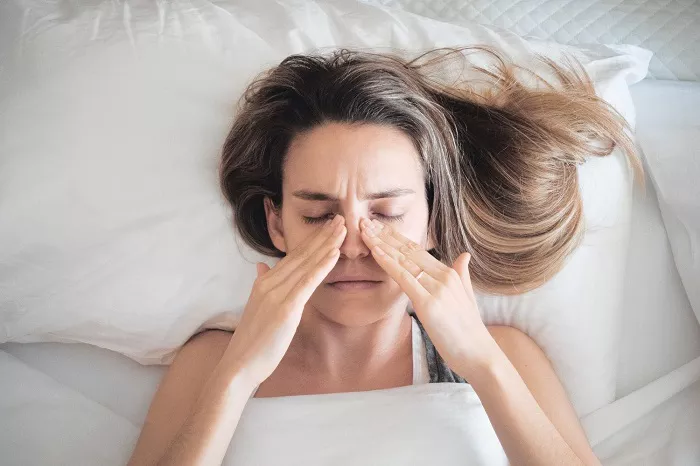Inpatient mental health treatment, often referred to as psychiatric hospitalization, is a vital component of mental healthcare for individuals experiencing severe psychiatric symptoms that require intensive and structured care. This article aims to provide a comprehensive overview of what inpatient mental health treatment entails, including the admission process, daily routine, therapeutic interventions, challenges, and potential outcomes.
Introduction to Inpatient Mental Health Treatment
Inpatient mental health treatment involves round-the-clock care provided within a specialized psychiatric facility. It is designed to address acute psychiatric crises, stabilize individuals in distress, and initiate the therapeutic process. This level of care is recommended when outpatient or community-based interventions are insufficient to manage symptoms or when safety concerns arise due to severe mental illness.
Admission Process and Assessment
The admission process to an inpatient psychiatric unit typically begins with an evaluation by mental health professionals, which may include psychiatrists, psychologists, social workers, or psychiatric nurses. This assessment aims to determine the individual’s mental health status, assess risk factors, and develop an initial treatment plan.
Upon admission, patients undergo a thorough medical and psychiatric evaluation to gather information about their current symptoms, psychiatric history, medical history, substance use, and social support system. This information helps clinicians tailor treatment to the individual’s specific needs and challenges.
Daily Routine and Structure
Inpatient mental health treatment centers provide a structured environment to promote stability, routine, and safety. A typical day in an inpatient psychiatric unit is highly structured and may include various therapeutic activities aimed at addressing the individual’s mental health needs. These activities may include:
Medication Management
Psychiatric medications play a crucial role in treating mental illness, and inpatient settings allow for close monitoring of medication efficacy and side effects. Psychiatrists regularly assess patients’ medication regimens, adjust dosages as needed, and provide education about medication management.
Individual Therapy
Individual therapy sessions with a psychiatrist, psychologist, or therapist are often a core component of inpatient mental health treatment. These sessions provide a safe space for patients to explore their thoughts, feelings, and experiences, and to develop coping strategies for managing symptoms.
Group Therapy
Group therapy sessions are commonly offered in inpatient psychiatric units to provide peer support, psychoeducation, and opportunities for skill-building. Group therapy sessions may focus on topics such as coping skills, stress management, relapse prevention, and interpersonal skills.
Psychoeducation
Psychoeducational sessions provide patients with information about their mental illness, treatment options, coping strategies, and resources for recovery. These sessions empower patients to take an active role in their treatment and equip them with knowledge and skills to manage their mental health effectively.
Therapeutic Interventions
In addition to individual and group therapy, inpatient mental health treatment may incorporate a variety of therapeutic interventions to address the complex needs of patients. Some common therapeutic modalities used in inpatient settings include:
Cognitive-Behavioral Therapy (CBT)
CBT is a widely used therapeutic approach that focuses on identifying and challenging negative thought patterns and behaviors. In inpatient settings, CBT techniques may be utilized to help patients manage symptoms of depression, anxiety, and other mental health disorders.
Dialectical Behavior Therapy (DBT)
DBT is a specialized form of therapy that combines cognitive-behavioral techniques with mindfulness practices. It is particularly effective in treating individuals with borderline personality disorder and suicidal behaviors. In inpatient settings, DBT may be used to help patients regulate emotions, improve interpersonal skills, and reduce self-destructive behaviors.
Psychodynamic Therapy
Psychodynamic therapy explores unconscious patterns and conflicts that contribute to a person’s mental health symptoms. In inpatient settings, psychodynamic therapy may be used to help patients gain insight into their underlying issues, resolve past traumas, and develop healthier ways of relating to themselves and others.
Challenges in Inpatient Mental Health Treatment
While inpatient mental health treatment can be highly beneficial for individuals in acute crisis, it is not without its challenges. Some common challenges associated with inpatient psychiatric care include:
Stigma and Discrimination
Despite efforts to reduce stigma surrounding mental illness, individuals receiving inpatient mental health treatment may still face stigma and discrimination from society, friends, family members, or even healthcare providers. This stigma can exacerbate feelings of shame, isolation, and low self-esteem, making it more challenging for individuals to seek help and engage in treatment.
Limited Resources and Access
Access to inpatient mental health treatment can be limited due to factors such as geographic location, insurance coverage, and bed availability. Many individuals face barriers to accessing timely and appropriate care, leading to delays in treatment and worsening of symptoms.
Co-occurring Disorders and Complex Needs
Many individuals receiving inpatient mental health treatment have co-occurring disorders, such as substance use disorders, medical conditions, or trauma-related disorders. Addressing these complex needs requires a multidisciplinary approach and coordinated care among various healthcare providers.
Potential Outcomes and Aftercare Planning
The primary goal of inpatient mental health treatment is to stabilize individuals in crisis, alleviate acute symptoms, and initiate the recovery process. While the length of stay in an inpatient psychiatric unit varies depending on the individual’s needs and progress, the ultimate aim is to prepare patients for a successful transition back to community living.
Discharge Planning
Discharge planning begins early in the treatment process and involves collaboration among the treatment team, the patient, and their support system. Discharge planning may include referrals to outpatient therapy, medication management, support groups, residential treatment programs, or community resources to ensure continuity of care and ongoing support after discharge.
Follow-up Care
Follow-up care is essential for individuals transitioning from inpatient mental health treatment back to the community. This may include regular appointments with mental health professionals, medication management, therapy, and participation in support groups. Follow-up care helps individuals maintain stability, prevent relapse, and continue their recovery journey.
Conclusion
Inpatient mental health treatment plays a critical role in addressing acute psychiatric crises, stabilizing individuals in distress, and initiating the recovery process. By providing intensive and structured care, inpatient psychiatric units help individuals regain stability, develop coping skills, and work towards long-term recovery. However, challenges such as stigma, limited resources, and complex needs highlight the importance of ongoing efforts to improve access to high-quality mental healthcare for all individuals in need.
[inline_related_posts title=”You Might Be Interested In” title_align=”left” style=”list” number=”6″ align=”none” ids=”6474,6471,6181″ by=”categories” orderby=”rand” order=”DESC” hide_thumb=”no” thumb_right=”no” views=”no” date=”yes” grid_columns=”2″ post_type=”” tax=””]
































